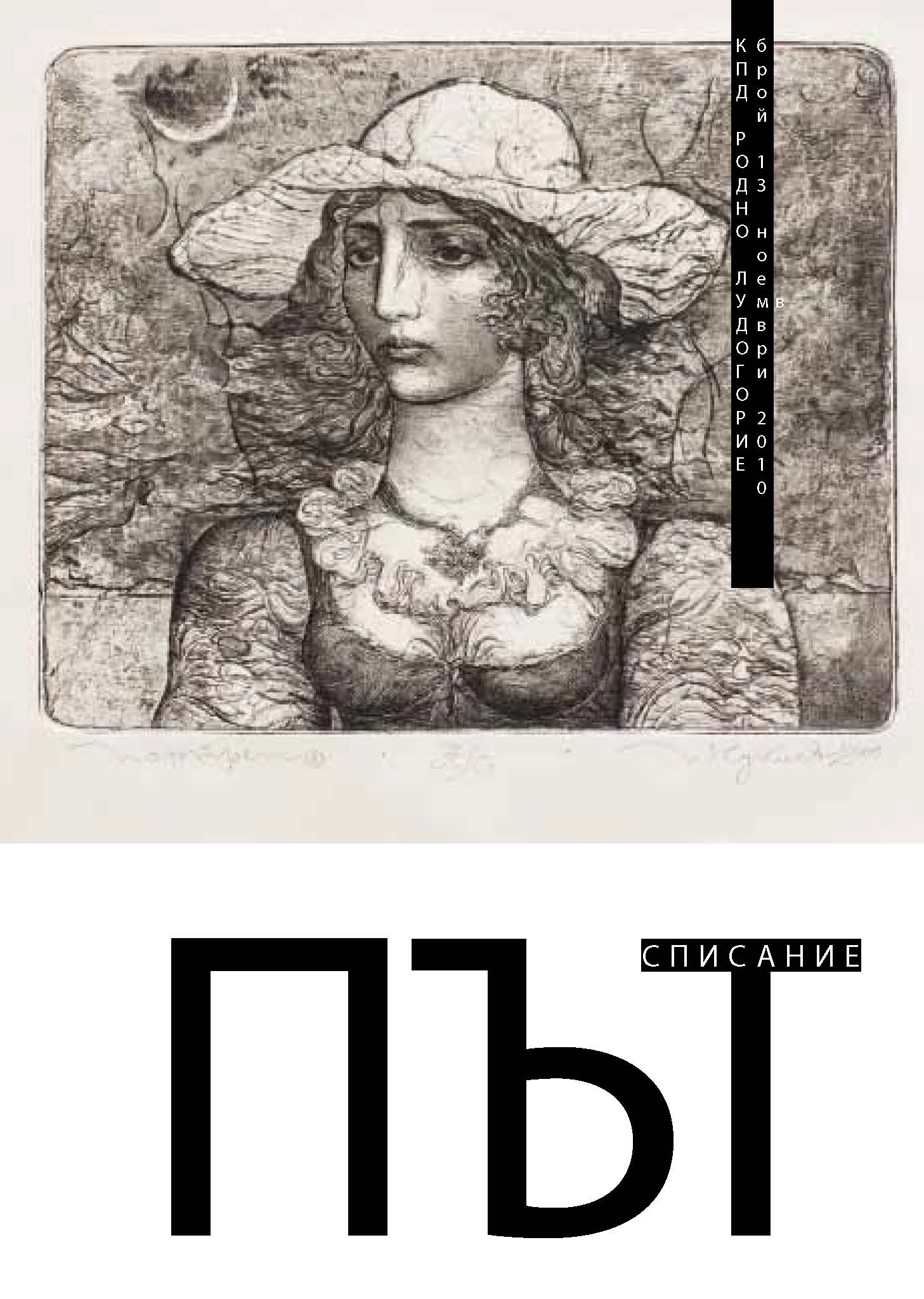
We kindly inform you that, as long as the subject affiliation of our 300.000+ articles is in progress, you might get unsufficient or no results on your third level or second level search. In this case, please broaden your search criteria.


Usûlî is one of the best known ottoman poets in sixteenth century. As each ottoman poet Usûlî’nin has its own unique language. Usûlî expressed his feelings, dreams, ideas efficiently by kneading his language with the elements of harmony. In this study, Usûlî's four eulogiums, collected poems that contains one hundred and forty seven odes, and other verse forms are based on. Usûlî’s own language formation tried to put forward by examining the effects of the elements of harmony in collected poems. Meters, the repetitions, pun, derived from, conjunction, sound repetitions, parelelizm, harmony, rhyme are the elements which provide rhythm of ottoman poetry. Ottoman poets often use these harmony elements to demonstrate their skills in poetry. This study gives general information about, Usûlî's unique known work, his collected poems. In this study the kinds of literature features used in the work stated like (terci-i bend, muhammes, müseddes, murabbâ tahmîs, and musammatlar) and meter, the repetitions, pun, derived from, conjunction, sound repetitions, parelelizm, harmony, rhyme are investigated. This study is noteworthy because it puts forward how Usûlî's language harmony formed and it shows how to handle the elements of harmony in collected poems.
More...
This study goes about 24 gravestones of 41 gravestones which were arranged in Ottoman and the Arabic letters where they were buried for the first time in BursaInegöl Kavaklaraltı Graveyard. In this study have been chosen some gravestones because of the name “Muhacir” and “Memleket”, means the motherland, on Stones. The Muhacir gravestones, which has been analyzed in detail and their characteristics has been defined here, have no difference from the graveyard in which they present and other gravestones in the same period, in regards of material, decoration, stylistic. The most important characteristic, which distinguishes these gravestones from the others, is the expression of “Muhacir”. Both the expression of “Muhacir”, which shows that they come to homeland from abroad, and the names of their birth places on gravestones. With this study is taken the first step for gravestone inventory and the datas are revealed related to changing in demographic structure of city.
More...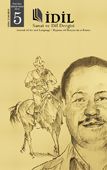
The basis of traditional Turkish painting is Miniature (Picture for books). The first representatives are the Uighur Turks. In Anatolia, after 11th century, it developed under the protection of first Seljuk Emirs, then Ottoman Sultans. Miniature showed an outstanding development in the Ottoman Period, especially starting from the period when Sultan Mehmet the Conqueror was on throne to the end of the 16th century. However, with the Empire’s beginning to weaken, a significant fall in the production of the manuscript works was experienced in the beginnings of the 17th century. This situation addressed miniature to different fields such as “murakka” (album) and different kinds of subjects which had not been covered previously and belonged to the people’s daily life; such as special events which have suggestive effects, leisure, domestic and street life in 17th century. Miniature’s, an art of palace, starting to cover daily life scenes which is an extraordinary subject, is significant for both providing information about public’s culture, sexual life and sense of aesthetic, and showing managers of period’s point of view to the art of painting in the 17th century.
More...
The aim of this study is to identify traditional Turkish motifs and their relationship with current product designs. Traditional Turkish motifs have played a very important role in Ottoman arts because of their symbolic meanings and unique styles from 16th century onwards. When we examine these motifs we encounter; Tiger Stripe, Three Spot (Çintemani), Rumi, Hatayi, Penç, Cloud, Crescent, Star, Hyacinth, Tulip and Carnation motifs. Nowadays, Turkish designers have begun to use traditional Turkish motifs in their designs in order to differentiate themselves from more conventional designers. Examples of current designs using Turkish motifs are perceived as being of Ottoman origin and having historical value. In this study, Turkish motifs were examined along with their impact on product designs used today.
More...
Abdülhamid II declared the Ottoman Basic Law (Kanun-ı Esasi) in 1876. The elections were held according to the provisional order and the Ottoman Parliament made its first meeting on March 20, 1877. Following that the Tsarist Russia declared a war, the first period of the parliament ended on June 28, 1877. The second elections were held in the November of 1877 but following the Russian defeat, the parliament was prorogued on February 14, 1878. After the re-declaration of the Constitutional Monarchy in 1908, elections were called in 1908, 1912 and 1914. The parliament, which took over the portfolio of legislation with the last election, remained in office until the end of 1918. When the cabinet of Damat Ferit Pasha resigned on October 1, the Sultan (the Padishah) appointed Ali Rıza Pasha, the member of the assembly of notables, to form the new cabinet. Yet, Mustafa Kemal Pasha demanded the elections to be held immediately with a petition he sent to the Sultan (the Padishah). Eventually, on October 7, the government of Ali Rıza Pasha decided to go for an election. In the elections of 1919, highly important names became deputy candidates from Kütahya, the sanjak where the deputy quota is 3. In the December of 1919, müntehib-i sani (the constituents) went to the polls to elect the deputies and the mayor of Kütahya, Germiyanzade Ali Bey with 64 votes and Uşaklı Hocazade Ragıb Efendi with 54 votes were elected to the parliament. As for Accountant Faik Bey and Hocazade Rasih Efendi, they equally received 42 votes. Lots were cast between two candidates and hereby Hocazade Rasih Efendi became the deputy of Kütahya. However, the deputies of Kütahya could not become very effective in the last Ottoman Parliament.
More...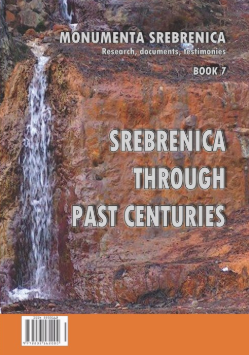
The article deals with the population census made in the mid-19th century as part of reform that was then carried out in the Ottoman Empire. Since in the lists of the Eyalet of Bosnia, in a large part were also given the surnames of the listed persons, they can be used, not only for genealogical research, but also for the comprehensive analysis of proprietary, demographic and other socio-historical facts. This article deals with the census of the quart Crvena Rijeka in Srebrenica, the Srebrenica Kaza, from 1850/51, in a manner that the surnames from this period are compared with the surnames which are still in this place today. The research shows that on the basis of this list, it is possible to determine not only the development of some of the current surnames in the quart Crvena Rijeka, and thus open the possibility for reconstructing the genealogies of some families from the mid-19th century to the present day, but also to determine the “indigenous” population of this quart since their years of birth were also listed.
More...
The quart Petrič is one of the oldest quarts in Srebrenica, The very name of the quart, many toponyms in and around the quart, archeological findings, prove that the area of the quart was inhabited even before the arrival of the Ottomans in Bosnia. It is located at the very south of Srebrenica in the valley of the Bijela River or the Čičevačka River. On cenutries-long urban tradition of the quart, as one of the urban parts of Srebrenica, witness road communicatuons, locations of houses, number of residents, the quart’s mosque, several mills and other industrial objects, as well as complex structure of vocations of the residents from farmers, cratfsmen and imams (lit. Islamic priests). In the text we interpret basics, geographic and urban, demographic, ownership, geneaological and other social and cultural facts from the past of the quart, first and foremost those that refer to the second half of the 19th century. The main part of the text deals with a detailed overview of the quart Petrič from 1894. The ownership of land and houses, families, public facilities, toponyms from the end of the 19th century are presented and analysed. The sources of the Austro-Hungarian provenance, the Land Registry books and cadastral plans were used for the research.
More...
The three quarts that are located directly from the north side of the city of Srebrenica are discussed about in the article. These are quite intertwined quarts: Fojhar, Gostilj and Likari. The state of quarts at the end of the 19th century is investigated. A detailed overview of each quart, especially urbangeographic, ownership and demographic characteristics, are given. The houses and other urban contents, estates and land, their owners and numerous toponyms are cited. Each well-known cultural and historical heritage is listed in each quart. The articlewas written on the basis of the 1894 land registry books and cadastral plans from the same period.
More...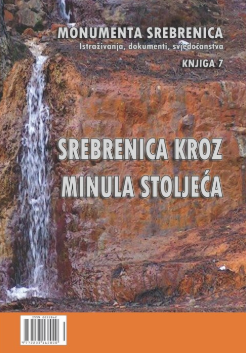
Rad se bavi popisom stanovništva, koji je rađen polovinom XIX stoljeća u okviru reformi koje su tada izvršene u Osmanskom carstvu. S obzirom da su u popisima Bosanskog ejaleta, u velikom dijelu navedena i prezimena popisanih osoba, oni mogu služiti, ne samo za genealoška istraživanja, već i za svestranu analizu vlasničkih, demografskih i drugih društveno-historijskih činjenica. U ovom radu razmatran je popis stanovništva mahale Crvena Rijeka u Srebrenici, kadiluk Srebrenica, iz 1850/51. godine, tako što su prezimena iz ovog perioda upoređena s prezimenima koja su i danas u ovom mjestu. Istraživanje pokazuje da se na temelju ovog popisa može utvrditi, ne samo postanak nekih današnjih prezimena u mahali Crvena Rijeka i tako otvoriti mogućnost za rekonstrukciju rodoslovlja pojedinih porodica od sredine XIX stoljeća do danas, već utvrditi i „starosjedilačko“ stanovništvo ove mahale, pošto su upisane godine rođenja.
More...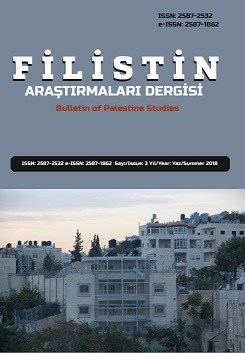
By the end of the sixteenth century France desired to settle its relations with the Ottoman Empire and to gain some privileges like Venice had done. In 1547, François I of France ordered Ambassador Gabriel d’Aramon and his retinue to arrange a journey into the Ottoman lands. The embassy delegation also included various naturalists, physicians and travelers. Pierre Belon du Mans, who believed under the influence of the Renaissance that it was necessary to preoccupy oneself with “science,” traveled east with the delegation of d’Aramon. Belon contributed to the observation of nature through the information on botany and zoology that he collected in Palestine, Anatolia and the Levant. This study deals specifically with the part on Palestine, and the comments and observations Belon made here are gathered from his Les Observations. Plant names are generally given at the species level, in conformance with the contemporary botanical nomenclature, following analyses of the terminology given by Belon and in light of what is known today about the flora of Israel. On the other hand, the names of the plants whose names have proved impossible to identify at the species level are given at the genus-level.
More...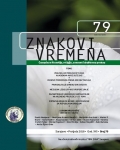
Among the most important Ottoman scholars of Bosnia and Herzegovina in the 20th century, the name of academic prof. dr. sc. Avdo Sućeska is unavoidable. Throughout the decades long scientific work, he has left a deep and indispensable trace in the study of the Ottoman period not only of Bosnia and Herzegovina, but also of the wider regions. On certain matters and certain Ottoman institutions such as ayans and ayanlik, he is certainly one of the most appreciated scholars in the world. The focus of his work was on investigating the state and legal position of Bosnia and Herzegovina during the Ottoman period. Out of 173 professor’s bibliographic units, most are related to these matters. The professor’s study of ayans and ajnlik is one of the most appreciated on this matter in the world. Academic Sućeska has especially contributed with his work on the position of the Muslim population in Bosnia eyalet, and their struggle for a better social position in society. For the first time, not only the Bosnian Herzegovinian, but also the wider South Slavic scientific public was familiar with the struggle of Bosniaks against the local and provincial authorities in order to eliminate many illegalities. People from this area primarily saw Bosnia and Herzegovina as their true homeland and fought for it. There was little knowledge about this and many works of the professor’s scientific approach and writing. Throughout his scientific work he was and remains to be a historian of the Ottoman period. All this was probably influenced by the life path of the academic prof. dr. sc. Avdo Sućeska.
More...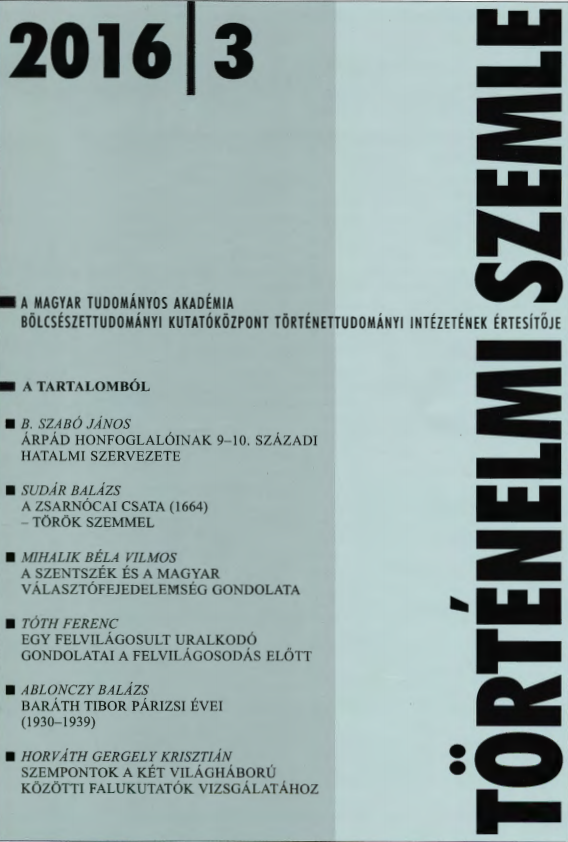
In the course of the 1663–1664 Habsburg–Ottoman war, the grand vezir Fazil Ahmed Pasha arrived to the Hungarian marches in 1663, and caused considerable losses there: he took the castle of Érsekújvár, and thereby practically severed the upper Hungarian counties from the small remaining part of the kingdom. In the current state of affairs, each victory had more than average importance, not only militarily but also from the perspective of public feeling. It is thus not surprising that these generated high-sounding accounts, taken over by later historiography as well. Exactly such an event was the battle of Zsarnóca on 16 May 1664. According to their own reports, the Christians won a great victory, and even the enemy commander was said to have died in the encounter. Ottoman sources, on the other hand, report on no such thing, no defeat is mentioned, and the Ottoman leaders continued to figure in later events, a clear indication that they did not die. What happened then? The Christians probably remembered their success in preventing the pursuing Ottomans from annihilating them, which enabled them to retreat in a more or less orderly way from the siege of Léva. Under the given circumstances, it was indeed quite an achievement. For their part, the Ottomans opined that their primary task was not the annihilation of the enemy host, but the relief of Léva. This they in fact achieved, and the action was thus regarded as a success. This, however, only reflected two different perspectives: while the Christians emphasized but one episode of the campaign, the Ottomans regarded the whole sequence of events.
More...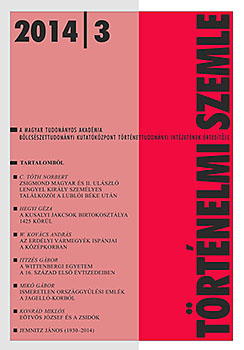
The source analysed in the study is a so-called „response” (responsio), which was transmitted by the nobility, constituting the lower chamber of the parliament in late medieval Hungary, to the ruler and chief dignitaries seated in the upper chamber. The text was beyond doubt written during the assembly which was convoked in January 1513 because of the increasing Ottoman threat. The proposal of the barons in answer to which the responsio was drafted has unfortunately been lost; its content can consequently only be reconstructed from the latter. The upper chamber wanted to negotiate about a campaign to be launched against the Ottomans, but the nobility made their consent to it dependent on a number of conditions. Before all, they desired the confirmation of decrees accepted in the course of previous parliaments. These were aimed partly at guaranteeing the role of the nobility in the government of the kingdom, partly at increasing the efficiency of the judicial system. Some among the articles have preserved details from decrees which have not survived. Connected to the efforts to brush up the judicial procedure was a demand which had already been discussed in the previous parliaments, but received a much more detailed treatment in the responsio than ever before. The matter in case was the collection of the ancient laws of the kingdom, a task that, as stated by the decree, was entrusted late in 1512 by the king to Stephen Werbőczy. The importance of this piece of information lays in the fact that, in the absence of any concrete evidence, the date of the royal commission was in the previous literature either assigned to 1504 by way of conjecture, or not precisely defined at all. Besides the light it sheds on a number of parliaments which were held around the turn of the 15th and 16th centuries, the response also merits analysis from the perspective of its genre. On the basis of the available source material, before all the reports of foreign ambassadors, it has long been known that in the late medieval parliaments the chief dignitaries (and together with them the king) generally met separately from the nobility, and the two bodies communicated with each other through delegations. The document presented in the study proves that the procedure was much more formalized than hitherto thought on the grounds of the foreign reports. To put it another way, the dual system of royal/baronial proposals and noble responses given thereto, which was the key feature of the diets in the post-1526 period, can now be shown to have functioned before Mohács – and in this respect the responsio is really unique in its kind.
More...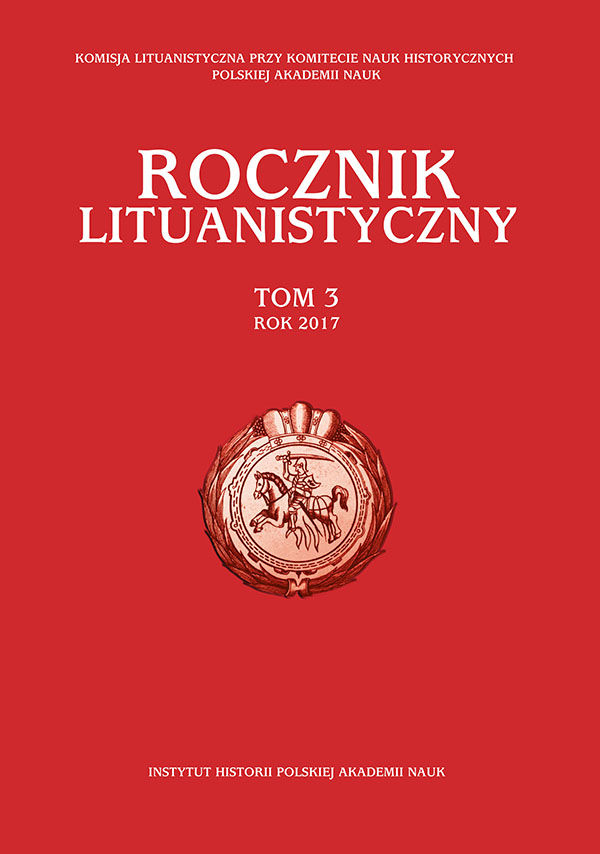
The aim of this article is to present the concept and specificity of the borders and borderlands of Lithuania and its neighbours in the fifteenth and sixteenth centuries. The phases of the development of the Lithuanian state borders are presented and the case of Lithuanian border evolution is discussed in the context of the theory of border development. The states that bordered with the Grand Duchy of Lithuania offered and constructed a different neighbourhood model in terms of regional cultural approach. Linear state borders were finally formed after fulfilling the programme of military, socio-economic and cultural-ideological conquest of the area. The linear border model is applicable only to the northern and western borders of Lithuania. Internal colonization is regarded as the most important precondition for the creation of a linear border.
More...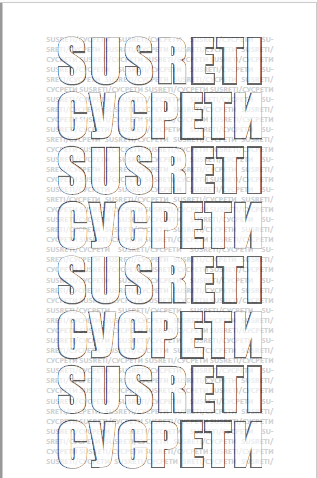
Godine 2026. na Mohačkom polju bit će obilježeno 500 godina otkad se odigrala jedna od najvećih bitaka na razmeđu srednjovjekovlja i novog doba, znamenita Mohačka bitka. Kakvo je vrijeme i kakva je Europa, bilo bi nezahvalno prognozirati hoće li se za devet godina velika pobjeda sultana Sulejmana I. Veličanstvenog samo obilježavati ili će se možda i slaviti.
More...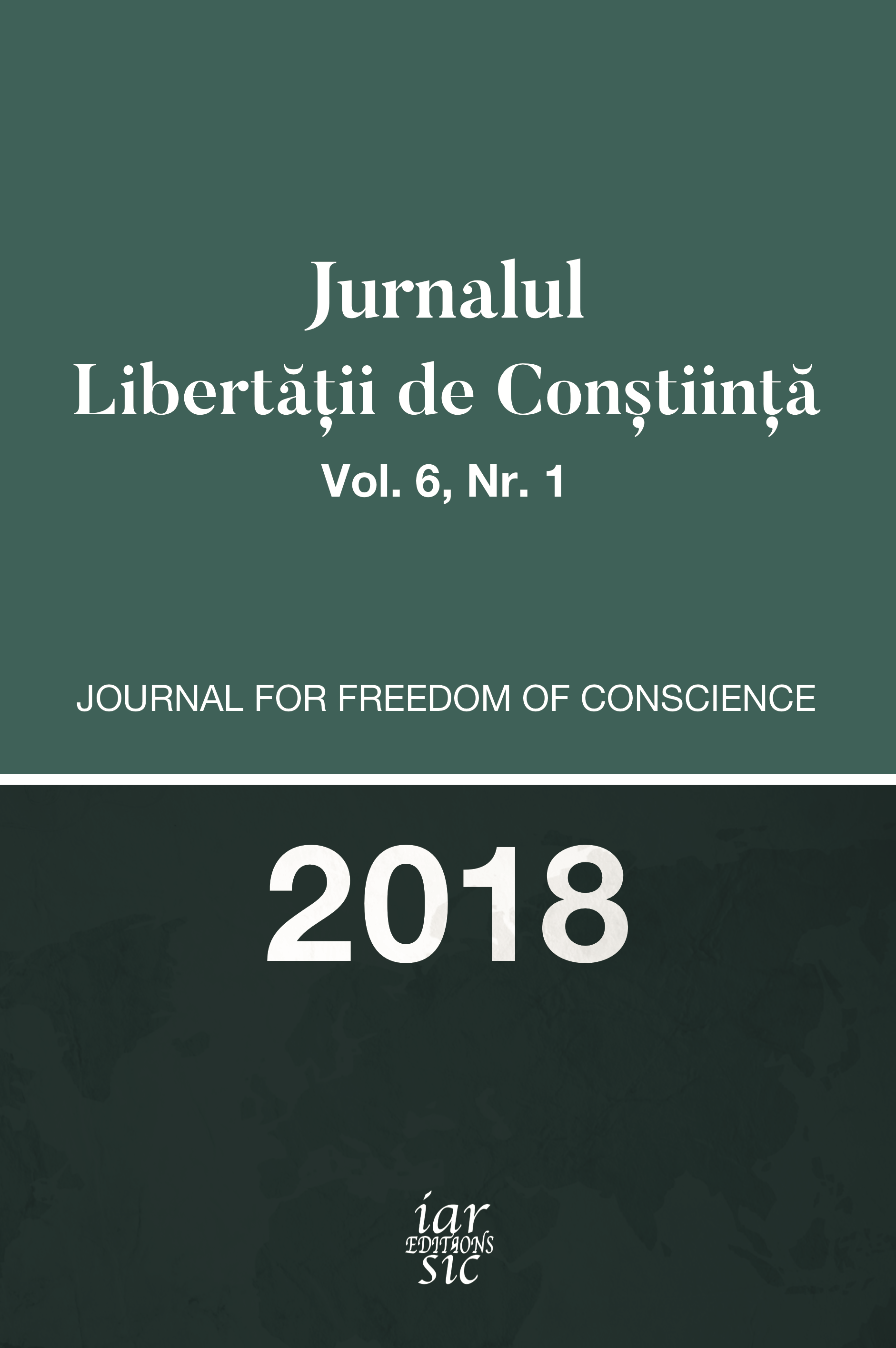
In this highly effervent century, with the advent of the Reformation, perhaps the most dear word of that period was reform, with the meaning of renovation, reorganization, not only of the Roman Catholic Church, but also of states, education and politics in general, under the auspices of that strange religion called „Calvino-Turkism,” a bizarre connection, at first glance, between the West and the East, between Islam and Christianity, at the confluence between the two worlds, on these places full of history of Transylvania, the edict of religious tolerance in Turda, which consented to the four accepted religions: Lutheranism, Calvinism, Catholicism and Unitarianism, but also the union of 1600 or the unification of Mihai Viteazu. Both events take place at the same time as giving Transylvania the status of autonomous principality by the Ottoman Empire. Are these pure coincidences of history, or are we able to distinguish certain cause-effect correlations between them? This is the one of the aim of this article.
More...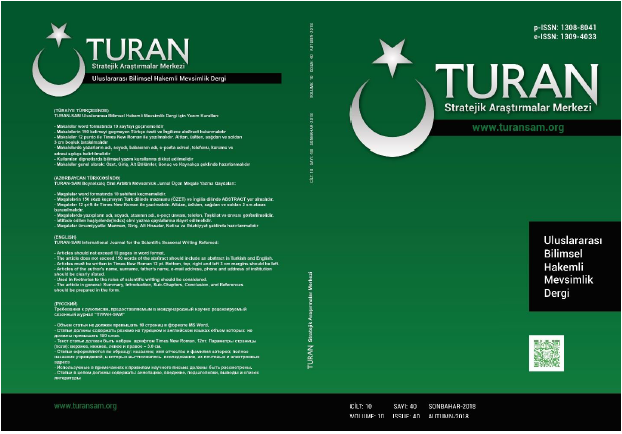
In the continuation of the collective trauma experienced during the disintegration of the Ottoman Empire and the period of wars, the culture of remembering as a necessity of national identity and nation-state building is a matter of effort and accumulation towards the past and folklore. While this recollection culture works in harmony with collective memory, communicative memory creates a dynamism of action with a perspective that takes the present and prioritizes memories. Ömer Seyfettin, one of the important names of Turkish literature, tried to awaken the sense of national consciousness in the stories he wrote. He used all functions of memory based on space, communication and recall for the awakening of the mogacy of the emotion of this emotion and for the unification of the people in the spirit of belonging. In this article, in the stories of the author, the culture of remembering, collective memory and communicative memory will be examined and the position of us and the other will be discussed in the texts dominated by a hard nationalism where father laws are effective.
More...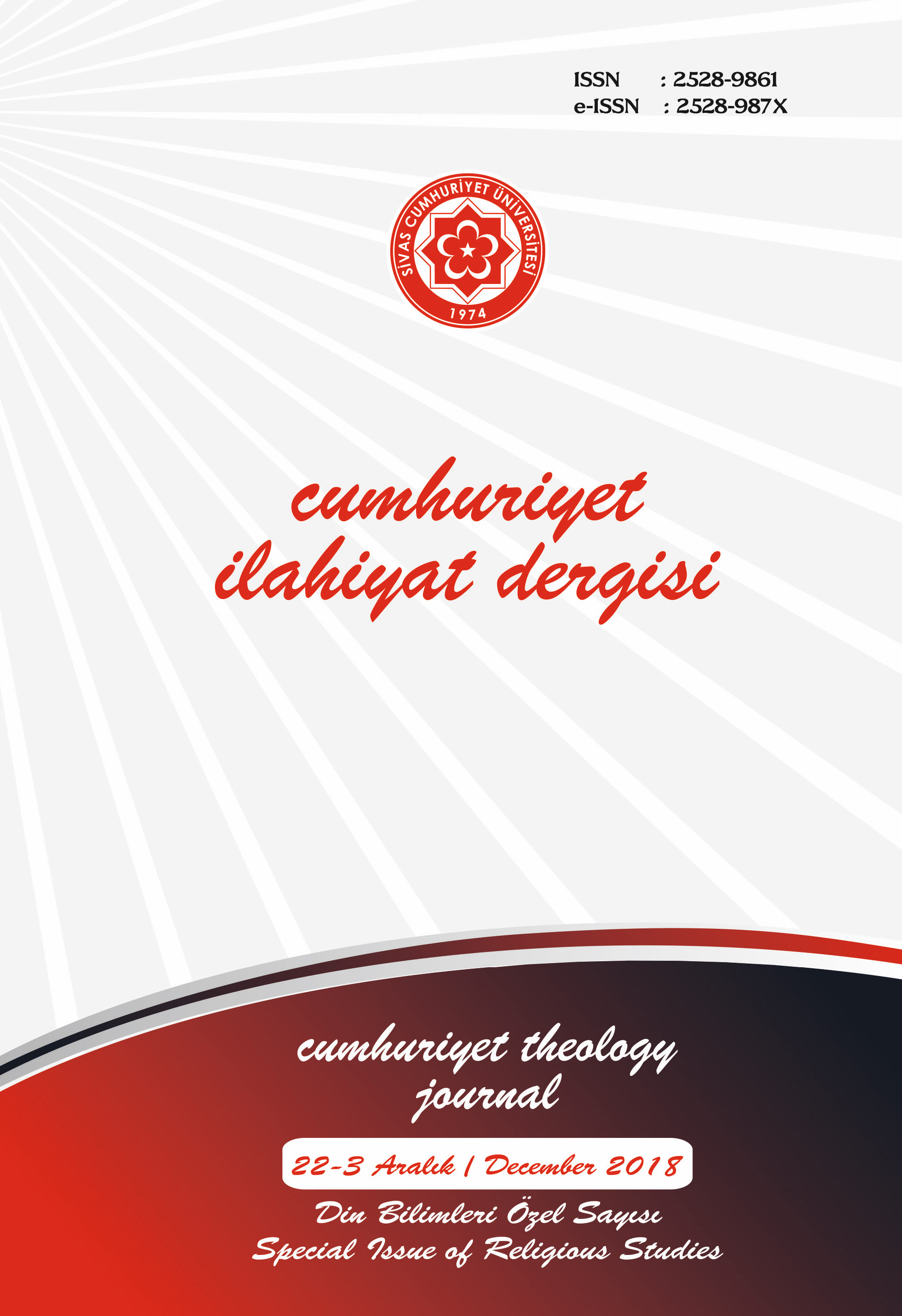
Ṣāliḥ Nābī (d. 1914) is a person who lived in the last periods of the Ottomans and is a medical graduate and interested in Turkish music. In 1910, he received a work called al-Falsafa al- Mūsīqī (Philosophy of Musica). In this study, the effects of music on the human soul, music history, and musical understanding in the Ottoman period were found. Throughout history, many musical compositions have been received and reflected some philosophical thoughts. But an independent study of philosophy and music is not found before the 20th century. For this reason, Ṣāliḥ Nābī's al-Falsafa al-Mūsīqī work is remarkable in terms of its title. There are brief explanations about various issues in the work but the most important issue that attracts our opinion is the musical perception of the period. Because Ṣāliḥ Nābī, as a witness at that time, thinks that music has been neglected for a long time in the Ottoman Empire. This is the reason why he has already taken him to a work. In this article, it has been tried to be given to today's musical literalism.
More...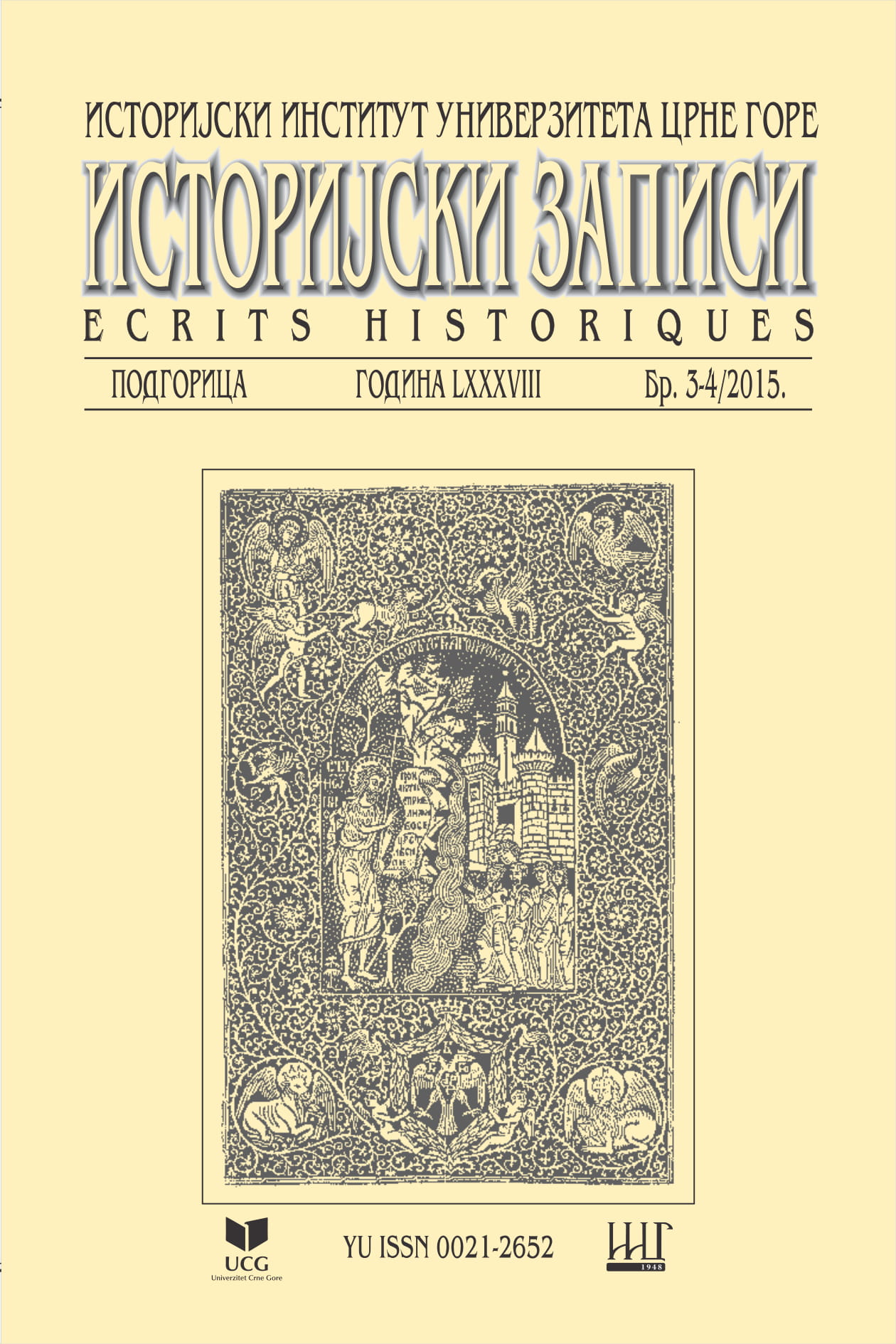
The aim of this paper is to research when and how the first organized Serbian armed bands in the Ottoman Empire appeared. Various historical sources have provided contrasting information, but it was obvious that the Serbian national movement in Macedonia became an organized and efficient force in 1904. Also, that is testified in documents of foreign provenance, primarily Bulgarian and Greek. Serbian Defense Organization consisted of several various groups of national workers: the “Private Initiative”from Belgrade, Serbian inhabitants of Macedonia, and the Serbian Ministry of Foreign Affairs
More...